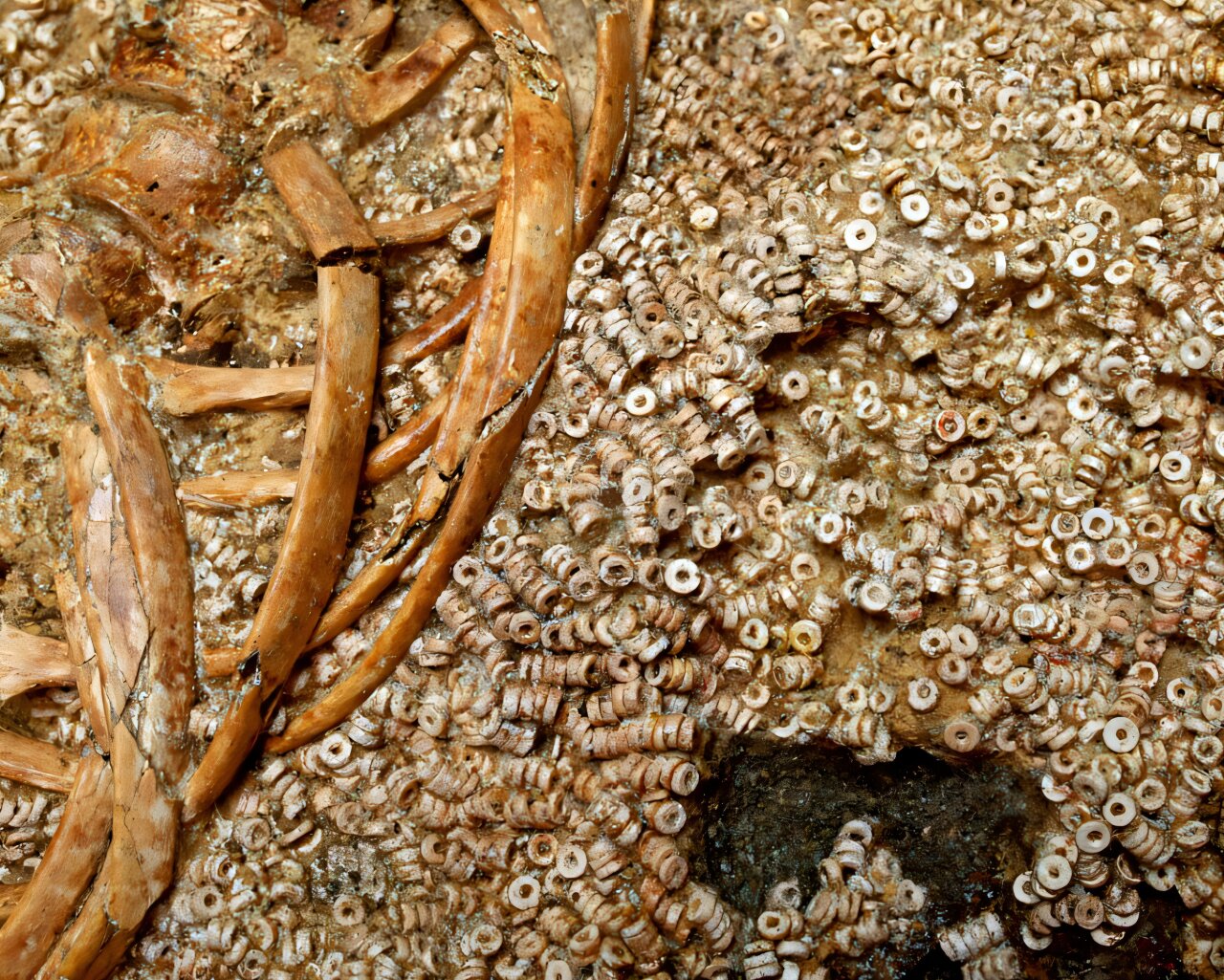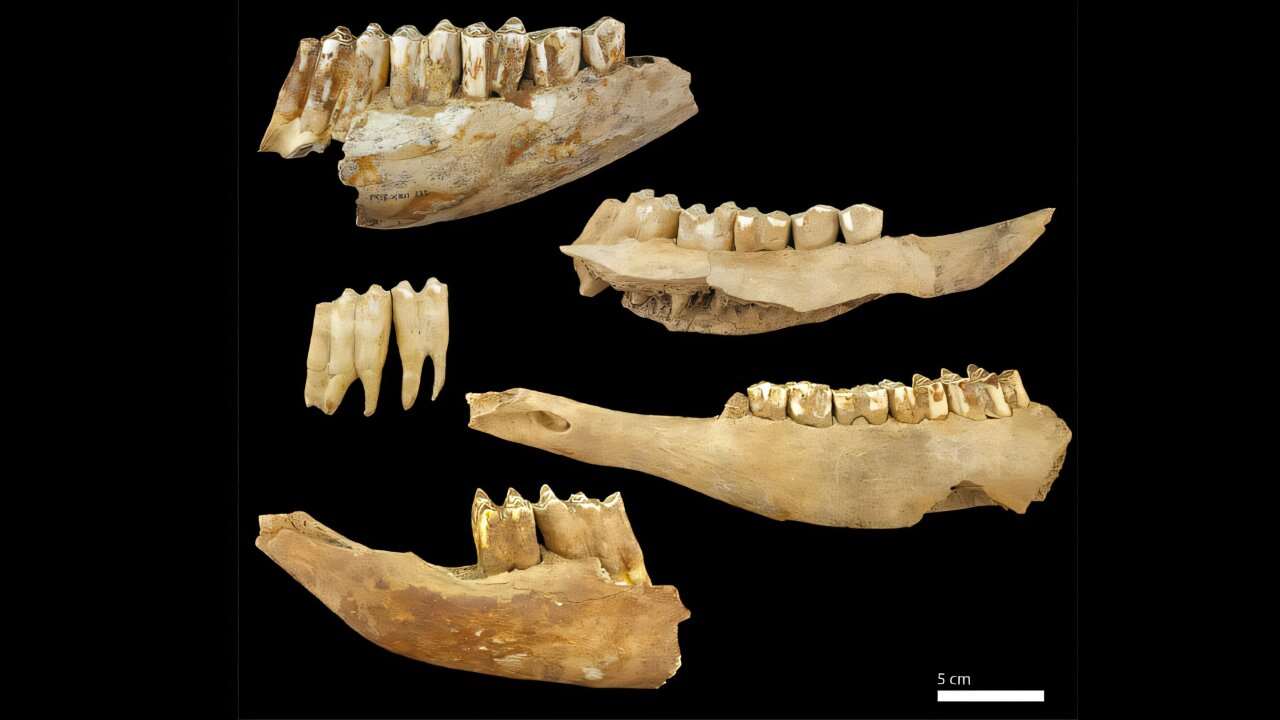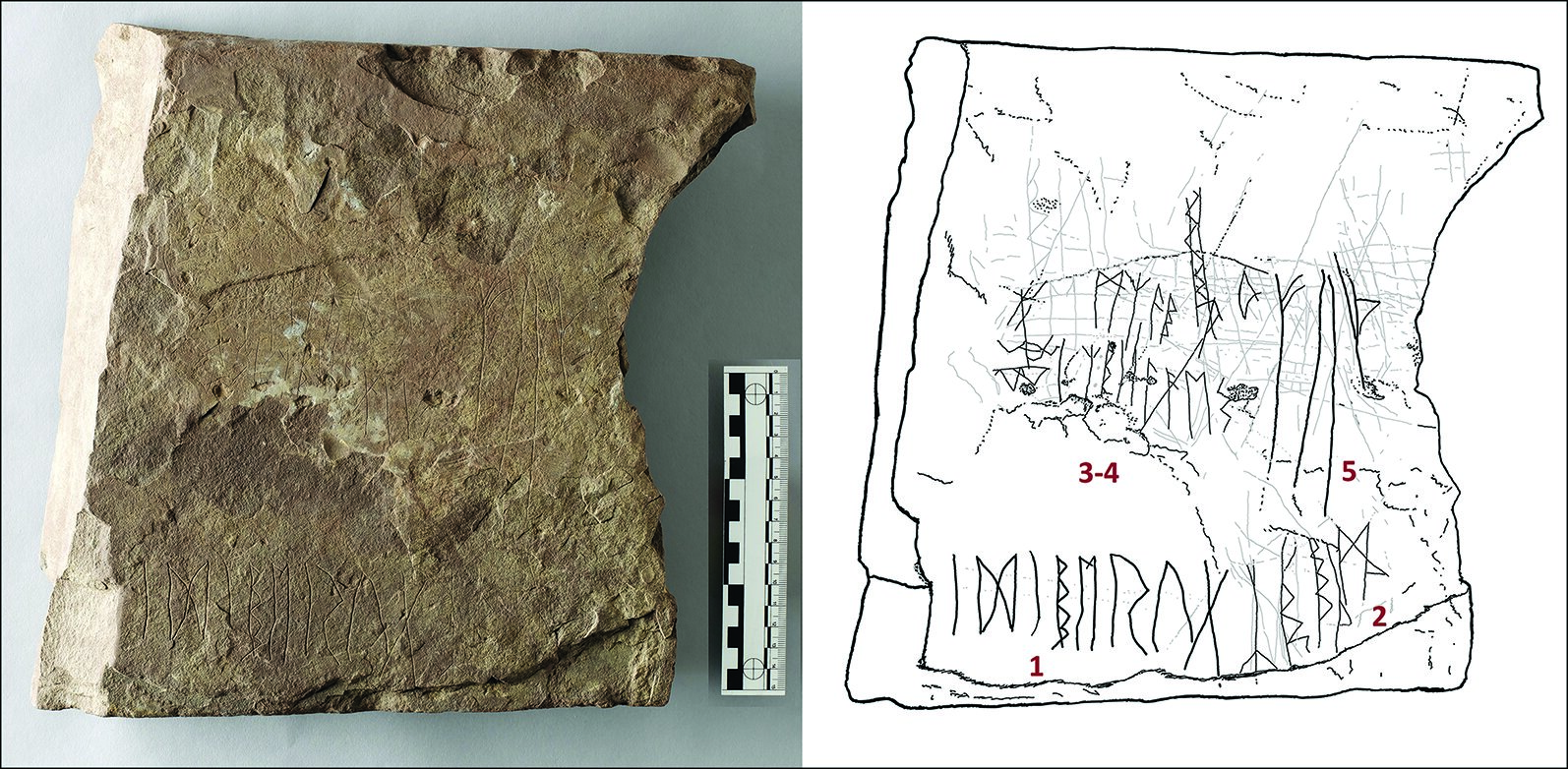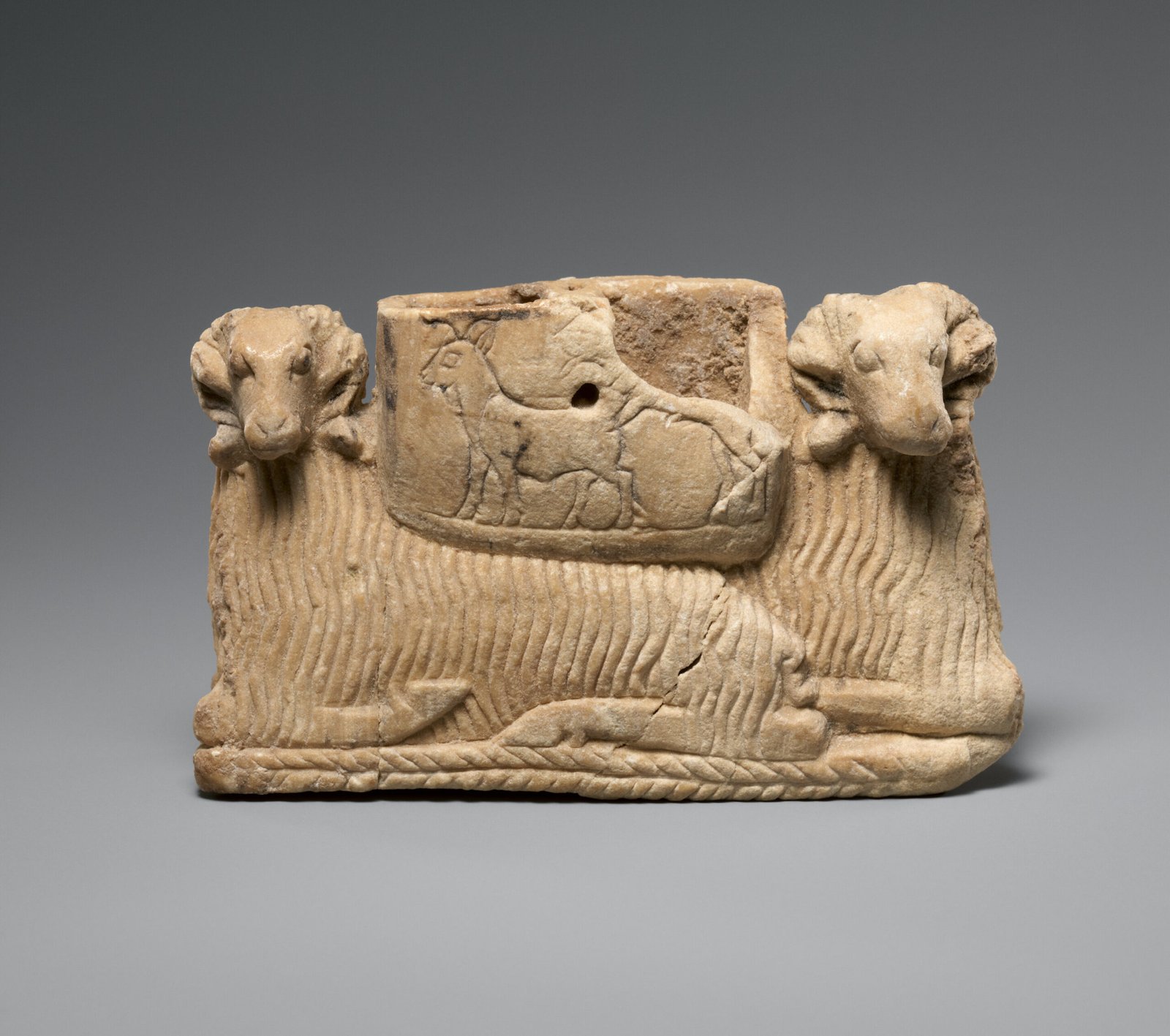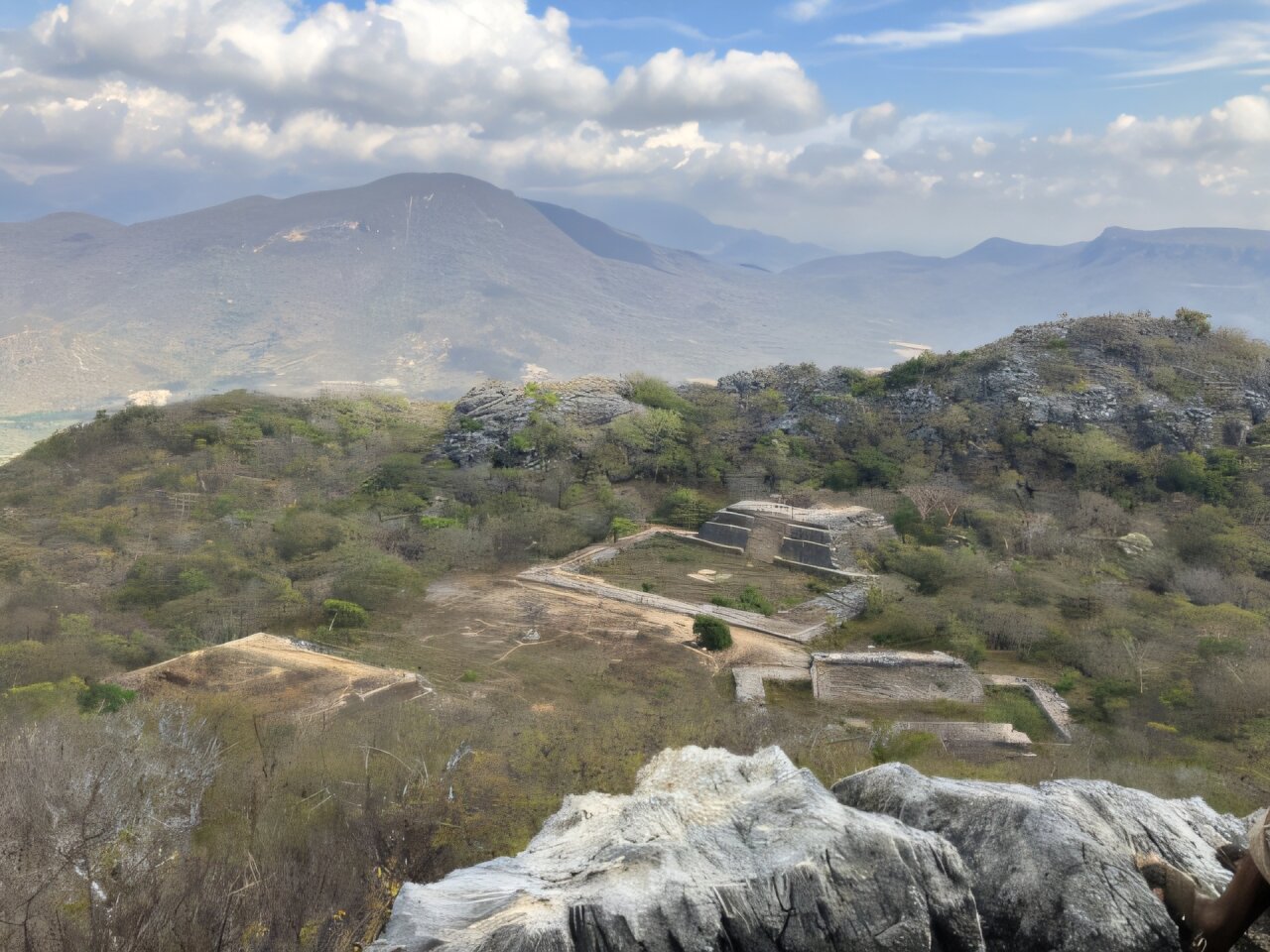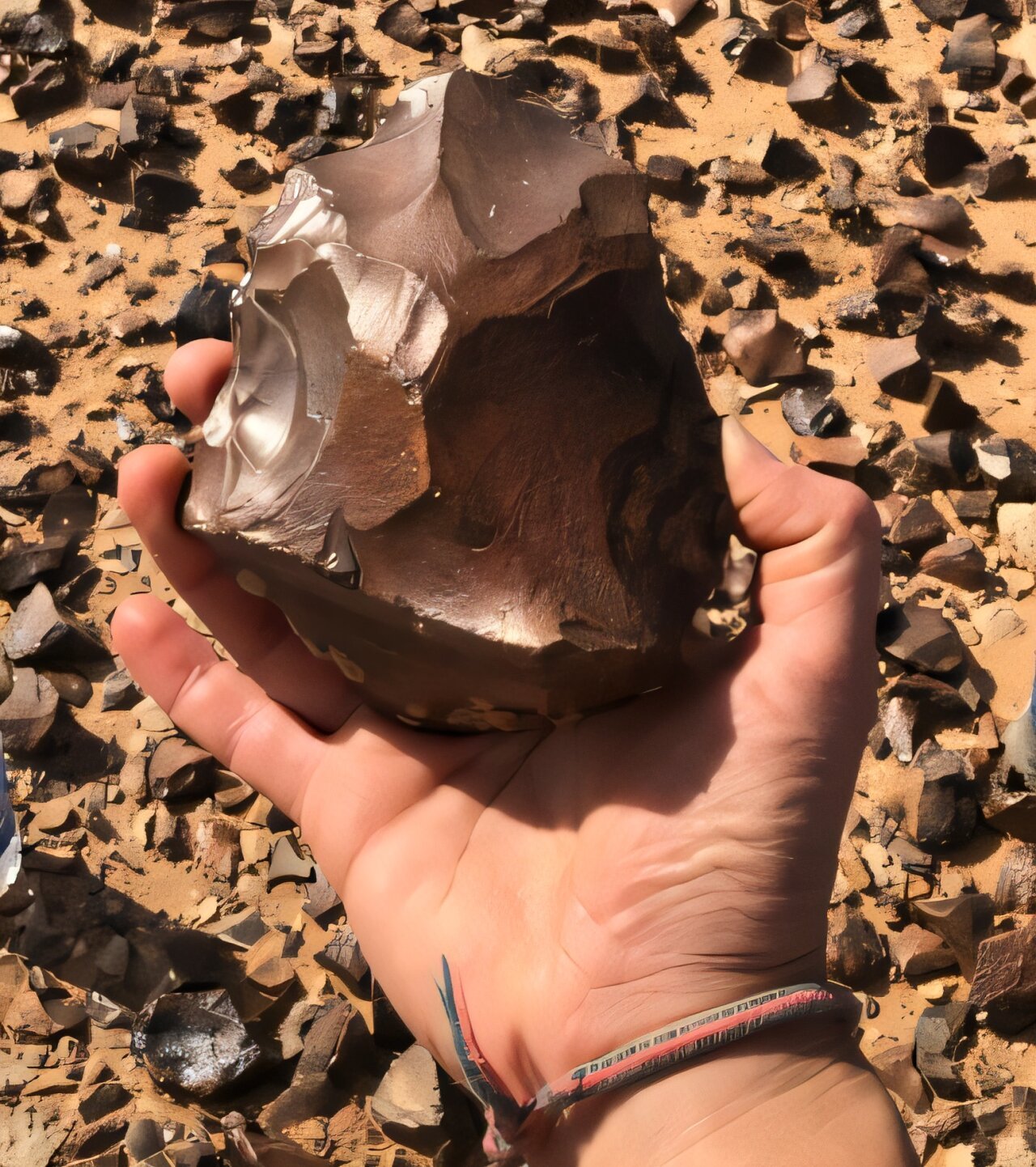The Fulani people, one of Africa’s largest and most widespread pastoral populations, have long been a subject of intrigue for researchers, particularly due to their large geographical distribution and distinct…
Category: Archaeology
The Human Story of the Little Ice Age
The study of past climates has long relied on natural records, such as glaciers, sediments, and pollen, collectively known as “nature’s archive.” These physical proxies provide valuable data, allowing scientists…
The Unexpected Origin of Money
The origin of money has long been a subject of debate among scholars, with two dominant theories often cited: the commodity theory and the chartalist theory. Both of these theories…
The Taung Child at 100: Examining the Past, Present, and Future of Paleoanthropology in Africa
Here’s how the story of the Taung Child is usually told: In 1924 an Australian anthropologist and anatomist, Raymond Dart, acquired a block of calcified sediment from a limestone quarry…
New Fossil Evidence Reveals Scales on the Flippers of a Jurassic Plesiosaur
A fascinating new study has uncovered a surprising feature of a plesiosaur, a marine reptile that lived alongside the dinosaurs more than 180 million years ago. A small team of…
The Red Lady and the Secrets of SedaDNA
Around 19,000 years ago, a woman from a group of hunter-gatherers met her end and was laid to rest in a cave located in northern Spain. This cave, now known…
Lost Works of “The Great Geometer” Found in Dutch Library
Scientists say that the two lost, but extremely important books by Apollonius, the Greek mathematician known to the ancient world as “The Great Geometer,” have survived in an Arabic manuscript…
New Evidence of Cannibalism in 18,000-Year-Old Polish Cave Site
A groundbreaking study led by a team of archaeologists, paleontologists, and historians from Spain, Germany, and Poland has shed new light on a chilling aspect of prehistoric life: cannibalism. The…
The Origins of Funerary Palaces in the Southern Levant
The enigmatic Funerary Palaces of the southern Levant have long been a subject of scholarly interest due to their unique architectural features and their role in burial practices during the…
Dental Evidence Suggests Widespread Labret Use Among Paleolithic Europeans
In an exciting new study, a biological anthropologist at the University of Coimbra in Portugal, John Charles Willman, has proposed a fascinating theory to explain the mysterious flat patches found…
New Discoveries in the Origins of Indo-European Languages
The Indo-European language family is the most widely spoken in the world today, with over 400 languages including major branches like Germanic, Romance, Slavic, Indo-Iranian, and Celtic. Collectively, these languages…
Tayler-Spruit Dynamo Mechanism Explains the Formation of Low-Field Magnetars
An international team of scientists has made significant strides in understanding the formation and evolution of some of the universe’s most powerful and enigmatic magnetic fields. Led by researchers from…
Largest Single-Burial Bead Assemblage Ever Found Reveals Elite Status in Chalcolithic Spain
A groundbreaking discovery in southwestern Spain has provided remarkable insights into the ancient practices of burial and the social structures of a prehistoric society. A collaborative team of archaeologists, historians,…
6,000 Years of Sustainable Herding in Spain
The Neolithic period marks a pivotal moment in the history of human civilization, with communities transitioning from hunter-gatherer lifestyles to more settled, agricultural societies. Among the many remarkable developments of…
Earliest Known Runes Discovered in Norwegian Burial Site
The discovery of several sandstone fragments inscribed with ancient runes from Svingerud, a grave field in Norway, offers an intriguing glimpse into the early use of runic writing and its…
Ancient Sheep Genomes Reveal Human-Directed Selection and Extensive Prehistoric Migrations
Sheep have been an integral part of human civilization for over 11,000 years, and their domestication has played a crucial role in shaping human diets, cultures, and economies. Beyond being…
Lidar Uncovers Hidden Zapotec City in Oaxaca, Mexico
A groundbreaking discovery by a McGill University researcher has revealed the true nature of Guiengola, a previously misunderstood Zapotec site in southern Oaxaca, Mexico. Long thought to be merely a…
Archaeologists Discover Lost Residence of Harold Godwinson, Last Anglo-Saxon King of England
In a groundbreaking revelation, a team of archaeologists from Newcastle University and the University of Exeter has uncovered compelling evidence suggesting that a house in Bosham, West Sussex, was once…
Early Human Sites Discovered in Iraq’s Western Desert
In November and December of 2024, Ella Egberts, a researcher from Vrije Universiteit Brussel (VUB), embarked on a groundbreaking journey to the Iraqi Western Desert, as part of a pilot…
Rediscovered Papyrus Reveals Details of Roman Legal Proceedings in Judea and Arabia
A newly uncovered Greek papyrus, recently published by scholars from the Austrian Academy of Sciences, the University of Vienna, and the Hebrew University of Jerusalem, has revealed rare and crucial…












